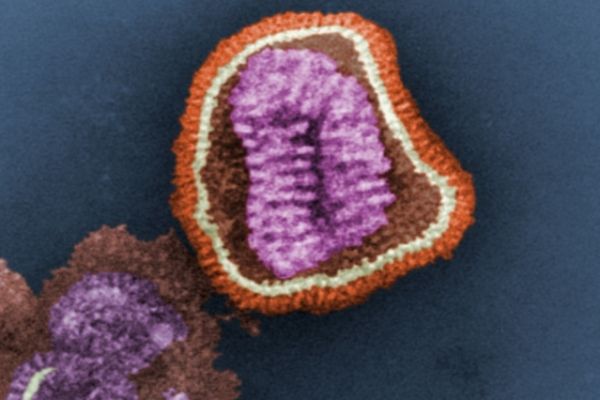A team of MIT chemists has discovered the structure of a key influenza protein, a finding that could help researchers design drugs that block the protein and prevent the virus from spreading.
The protein, known as BM2, is a proton channel that controls acidity within the virus, helping it to release its genetic material inside infected cells.
“If you can block this proton channel, you have a way to inhibit influenza infection,” says Mei Hong, an MIT professor of chemistry and senior author of the study. “Having the atomic-resolution structure for this protein is exactly what medicinal chemists and pharmaceutical scientists need to start designing small molecules that can block it.”
MIT graduate student Venkata Mandala is the lead author of the paper, which appears today in Nature Structural and Molecular Biology. Other authors include graduate students Alexander Loftis and Alexander Shcherbakov and associate professor of chemistry Bradley Pentelute.
Read more at Massachusetts Institute of Technology
Image: This digitally colorized transmission electron microscopic image depicts the ultrastructural details of an influenza virus particle. CREDIT: CDC, Frederick Murphy


